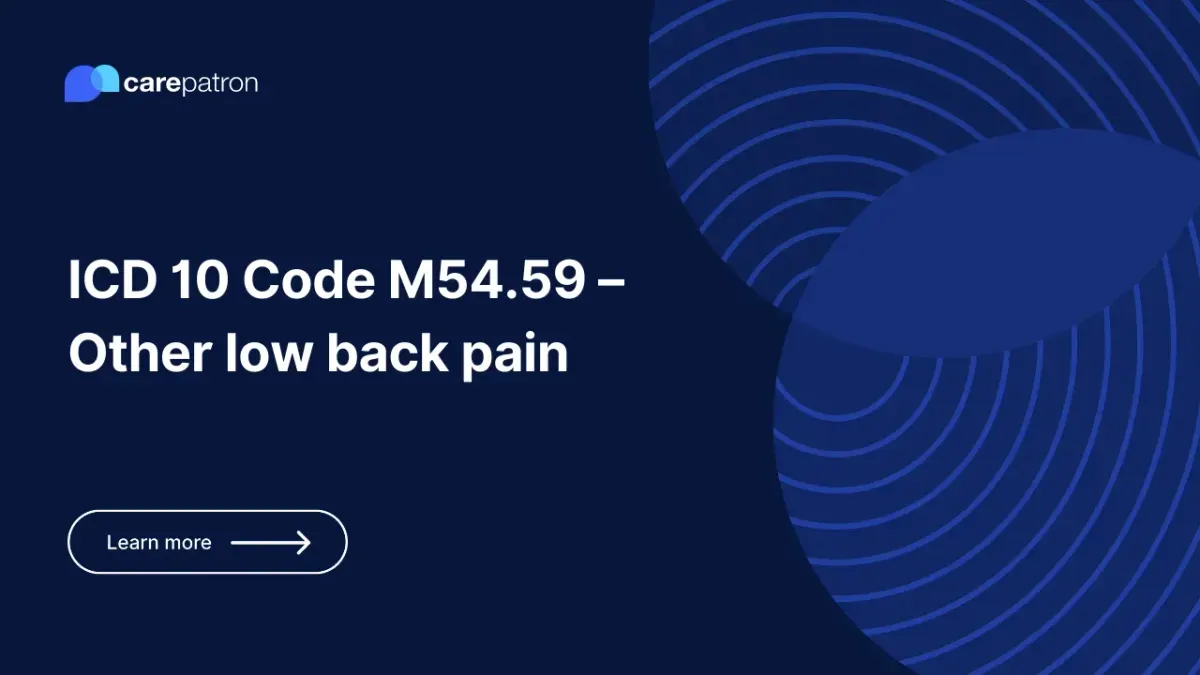
M54.59 – Other low back pain
ICD-10-CM code M54.59 indicates Other low back pain. Explore its clinical details, billing status, and related codes in this guide.
Use Code
EHR and practice management software
Get started for free
*No credit card required
Free
$0/usd
Unlimited clients
Telehealth
1GB of storage
Client portal text
Automated billing and online payments
